BBMM301 Case Study: Analyzing LINK650 Organizational Behavior Issues
VerifiedAdded on 2022/11/29
|10
|689
|56
Case Study
AI Summary
This case study analyzes the "Rough Seas on the LINK650" scenario, focusing on organizational behavior and management challenges within the WestOil drilling rig. The analysis identifies key issues such as employee dissatisfaction, lack of commitment, and the negative impacts of prioritizing output over employee safety and well-being. Root causes include the reliance on outsourced recruitment, ignorance towards employee satisfaction and safety concerns, and a failure to address employee needs. The study evaluates these problems through the lens of employee attrition, unionization, and the influence of management practices. It applies organizational behavior models such as the MARS model, Maslow's Hierarchy of Needs, and Herzberg's Two-Factor Theory to understand employee attitudes and motivations. Recommendations include addressing employee training needs, implementing internal feedback systems, utilizing both monetary and non-monetary motivation strategies, and prioritizing employee needs based on Maslow's hierarchy. The analysis emphasizes the importance of differentiating between employee motivating and hygiene factors based on Herzberg's theory to improve employee engagement and overall organizational performance.
1 out of 10
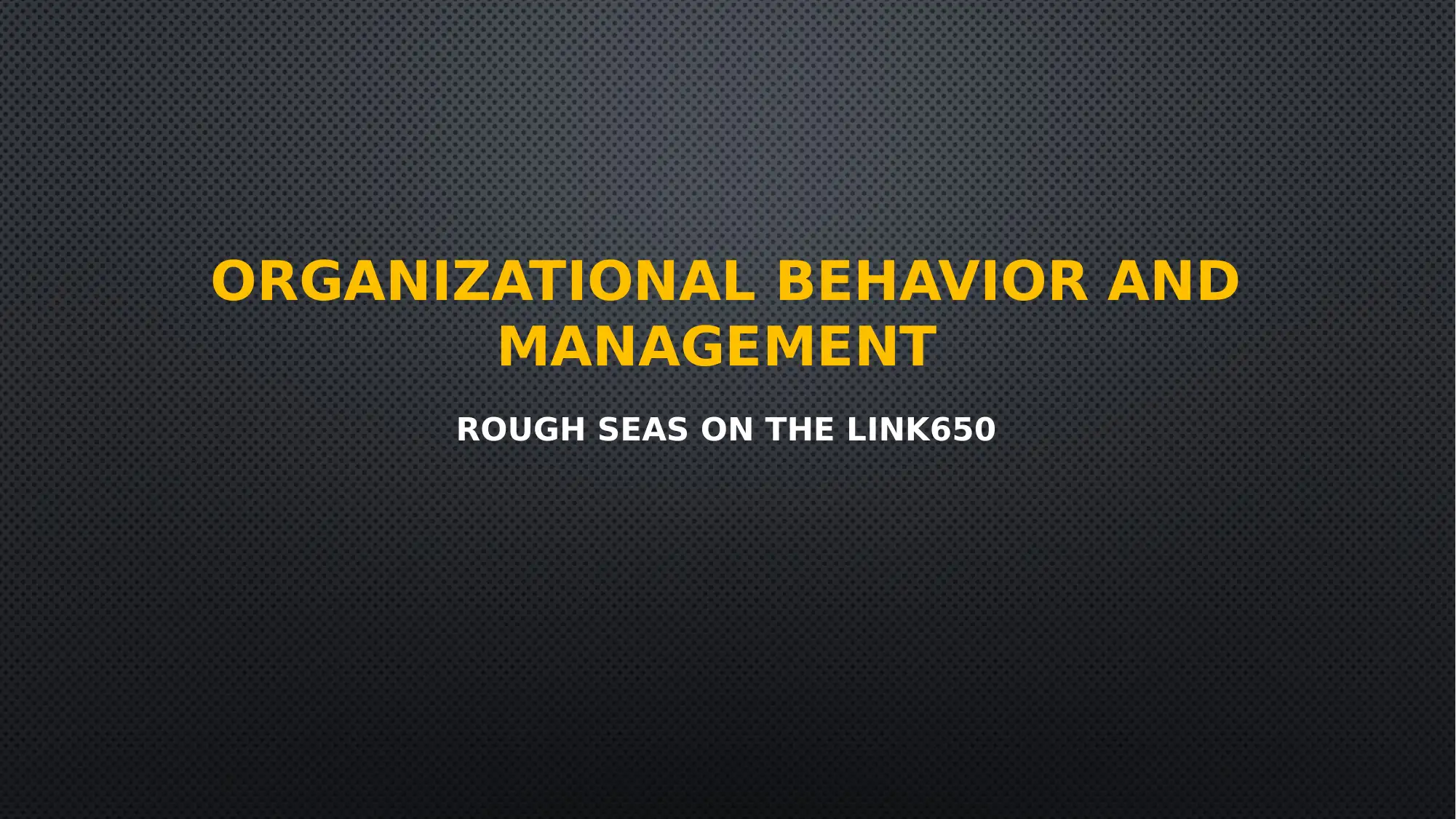
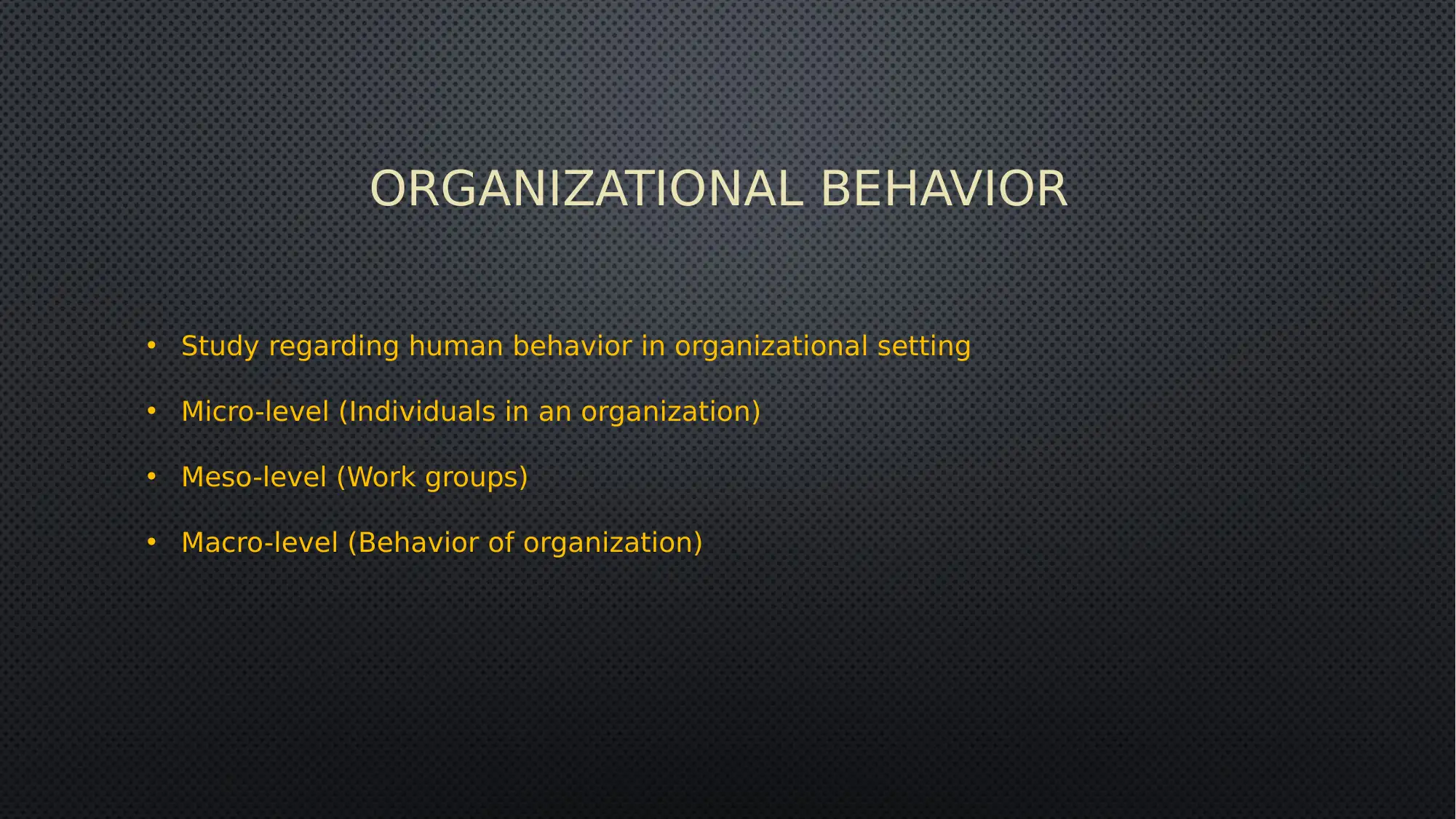
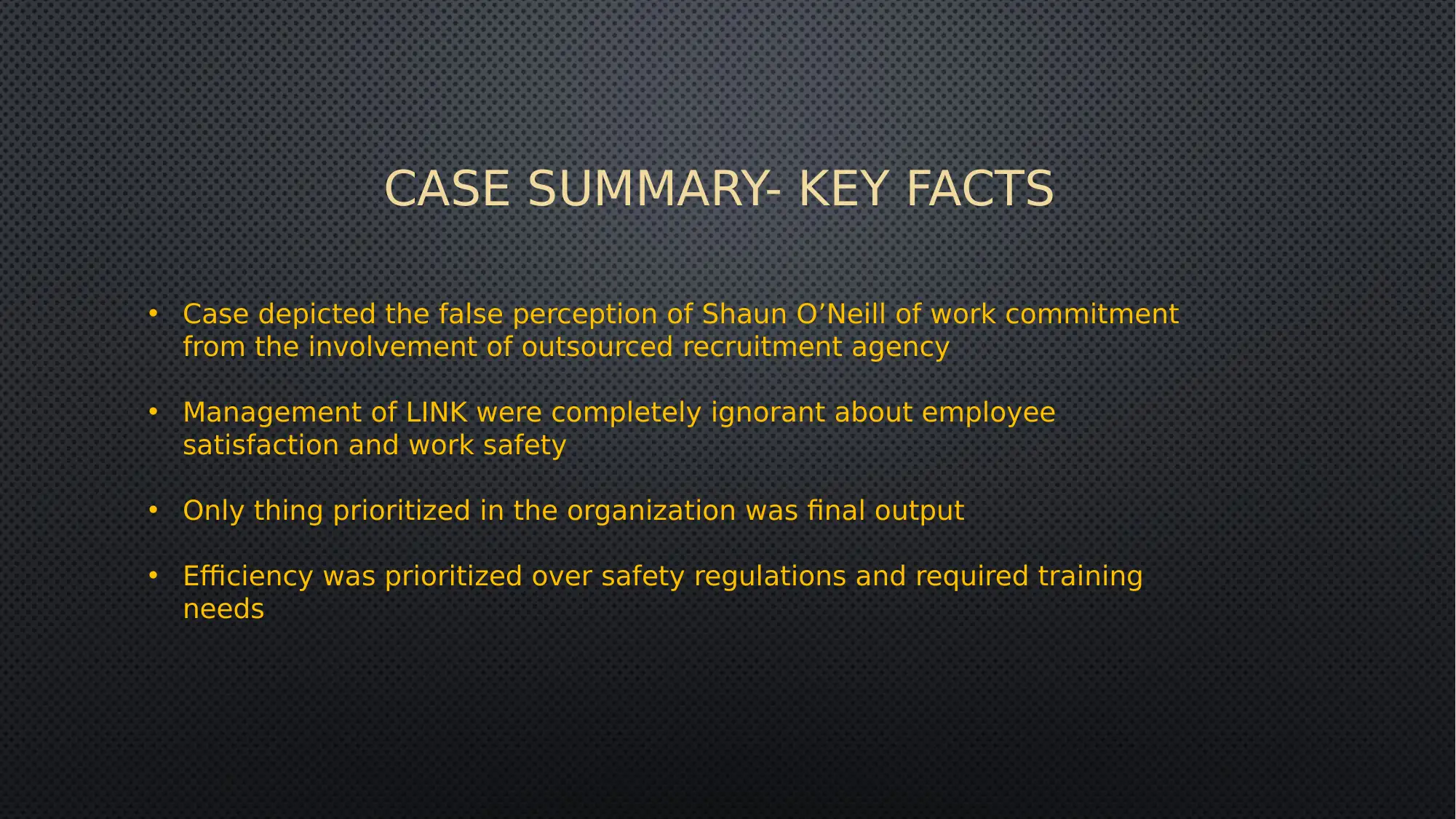

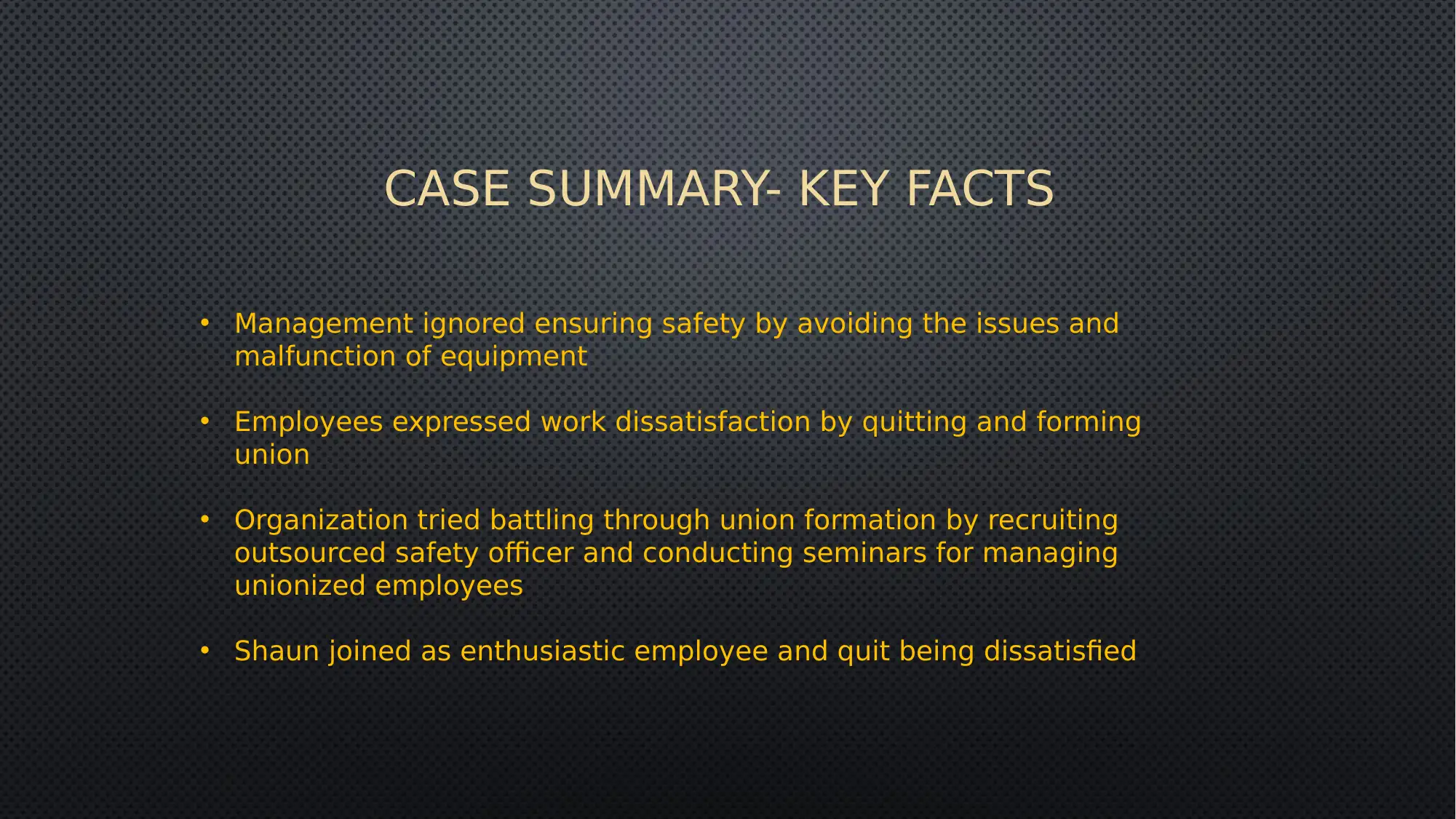
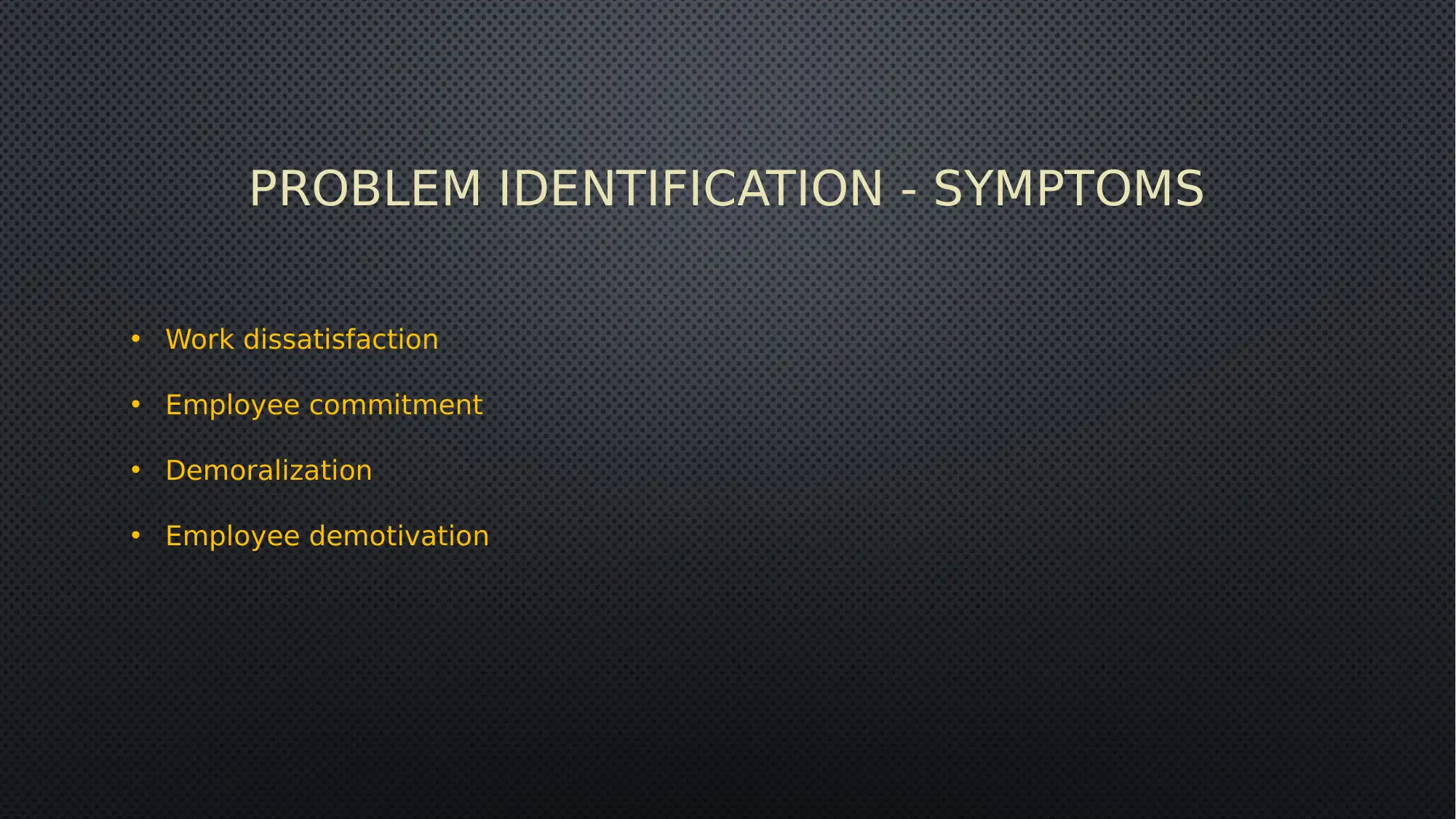
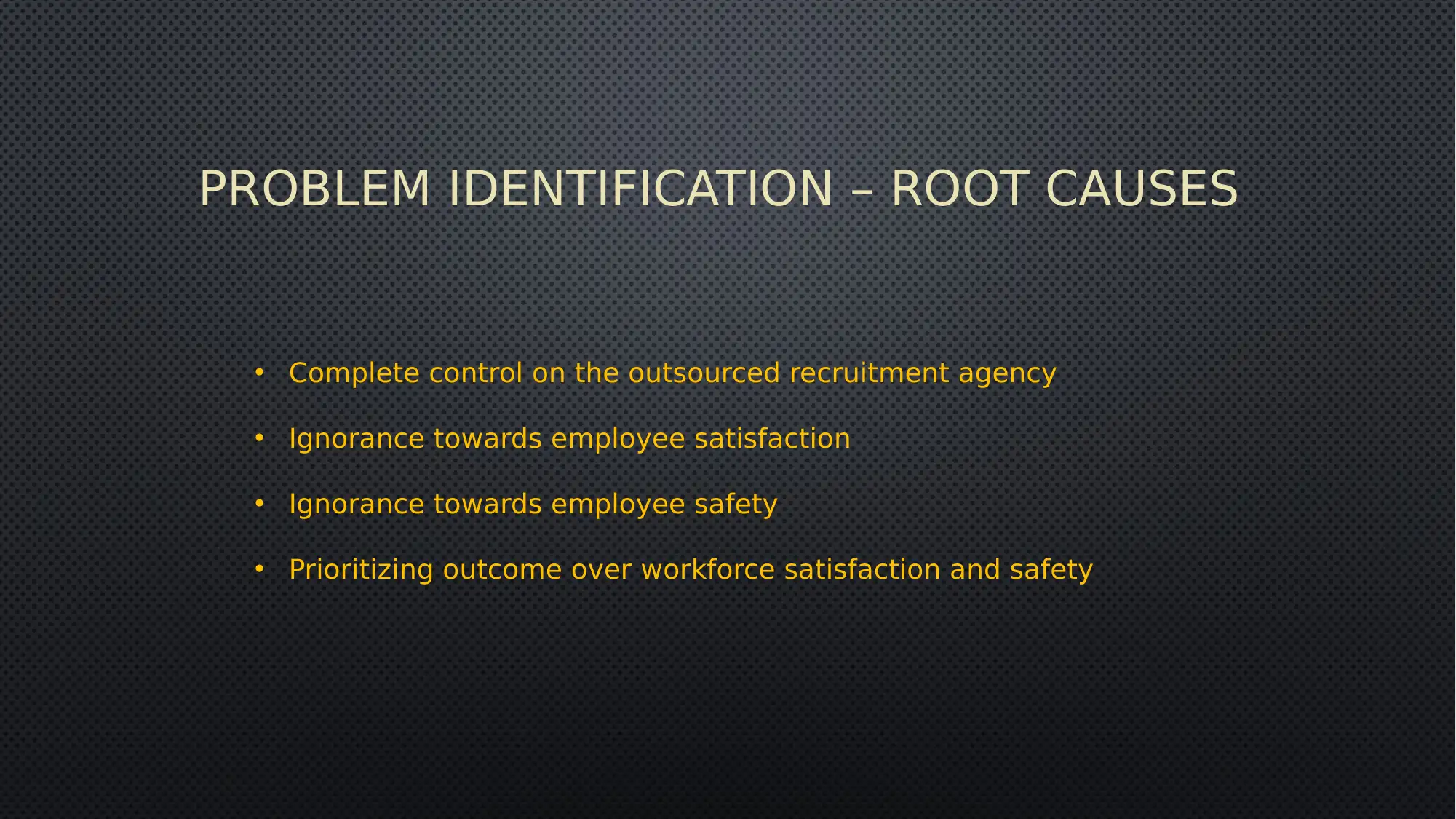
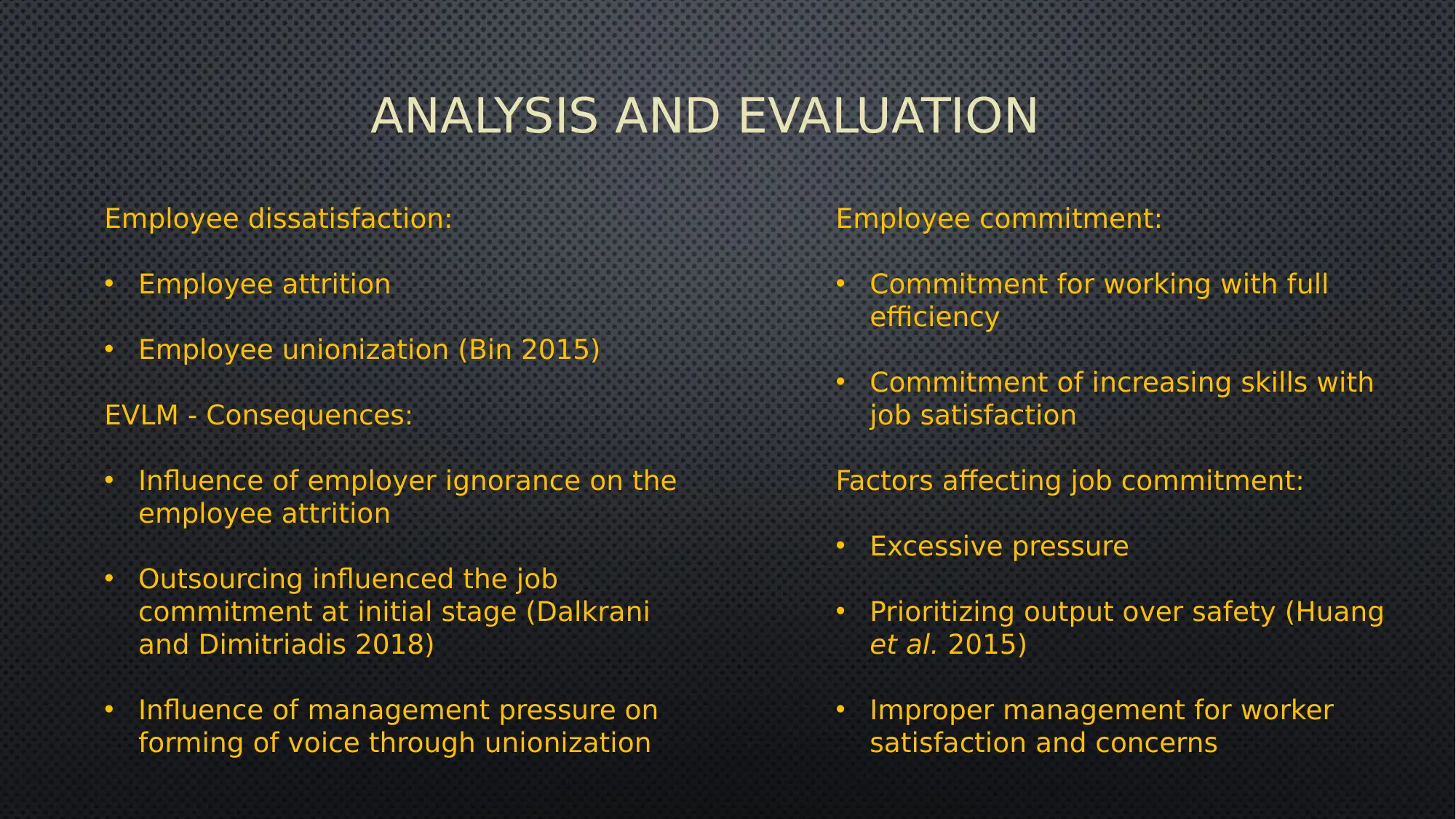
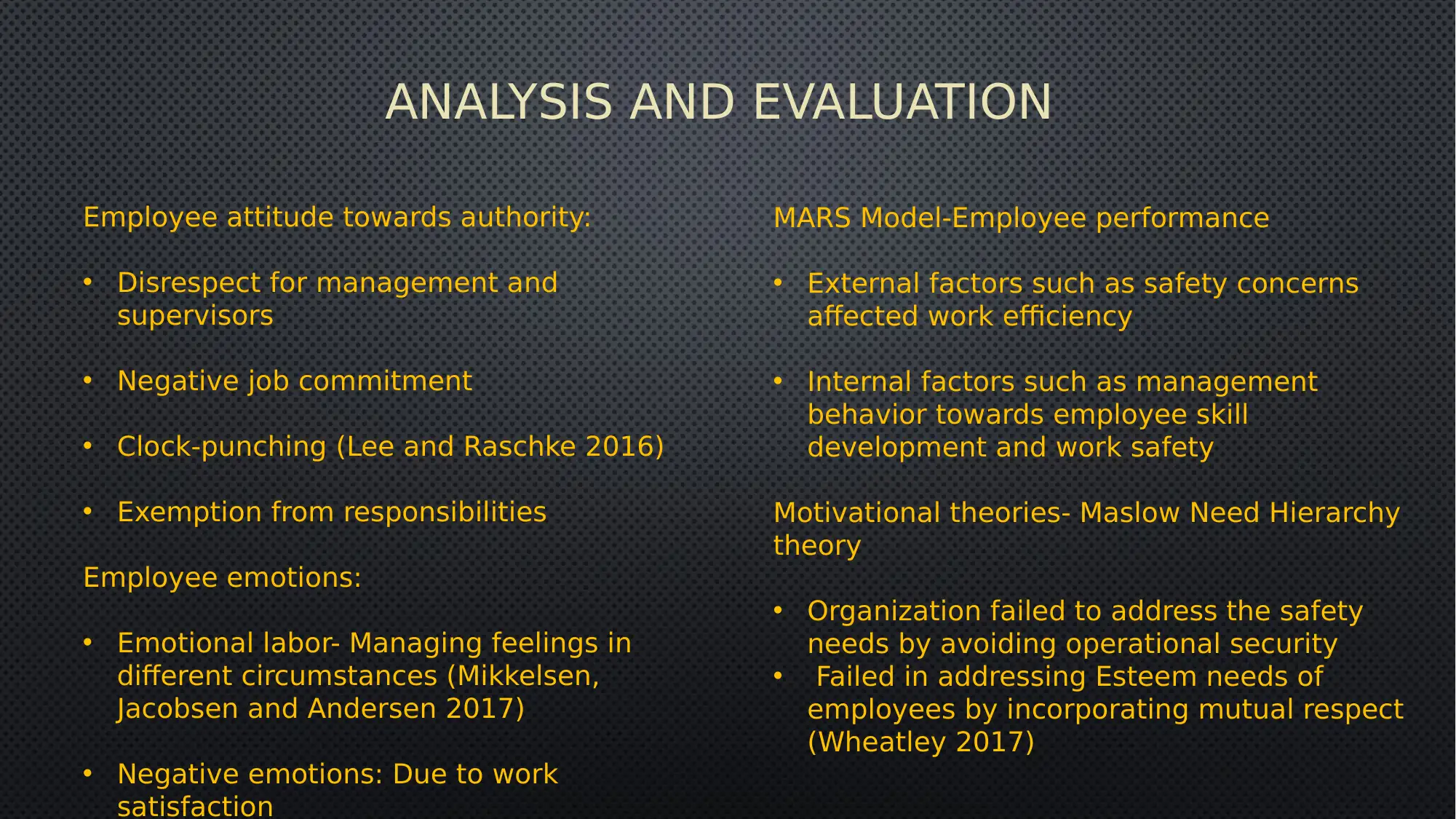
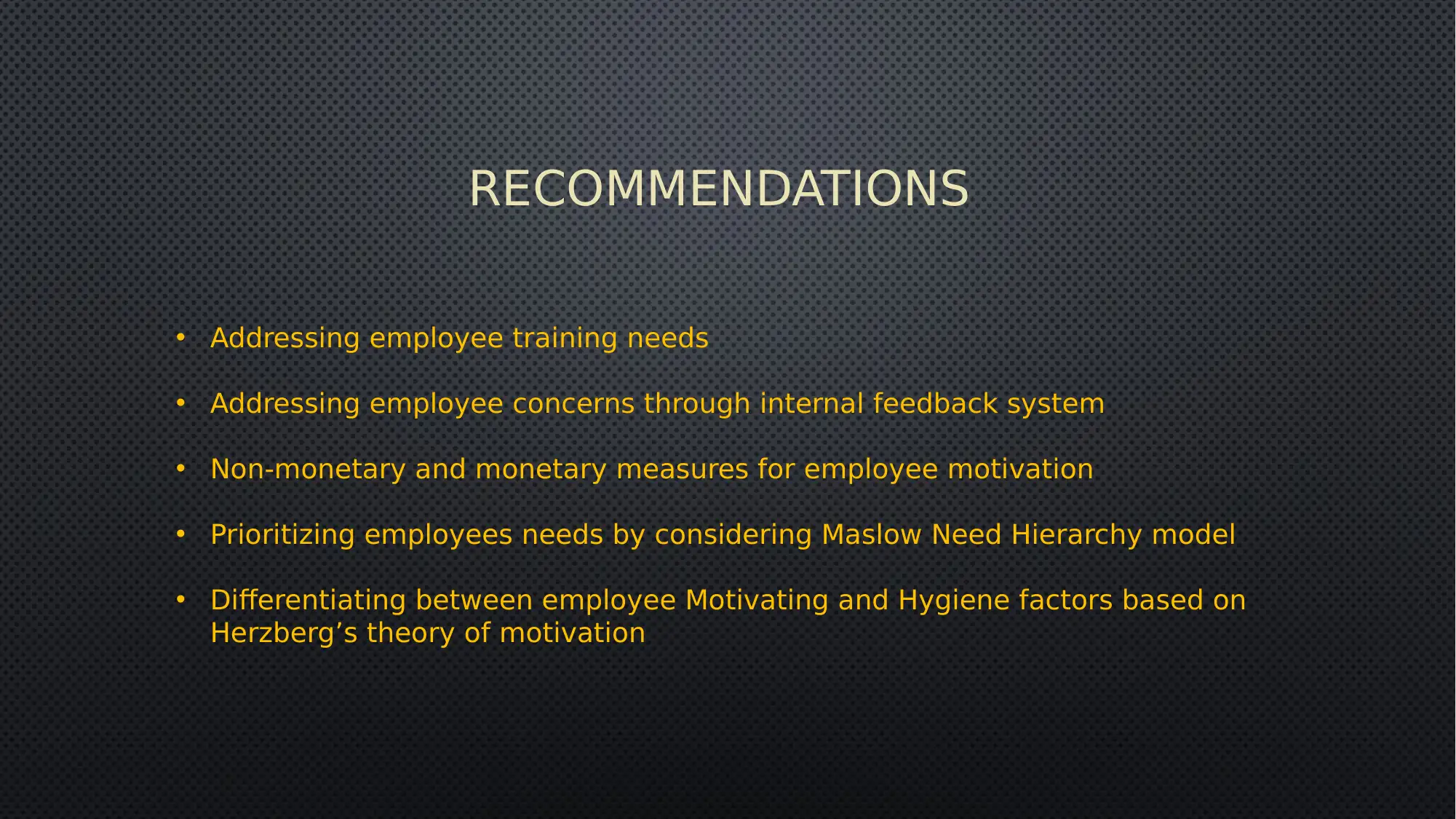
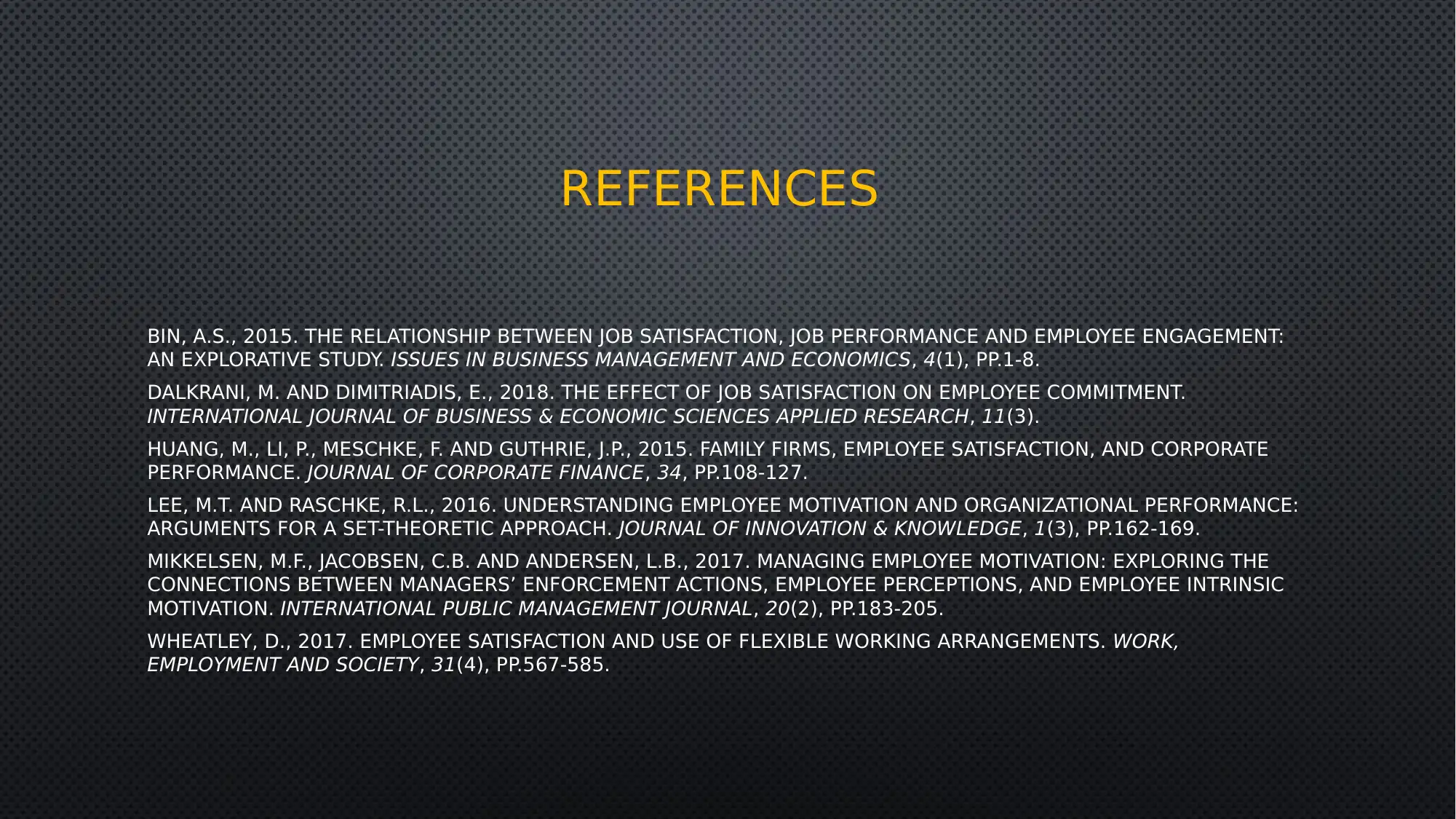






![[object Object]](/_next/static/media/star-bottom.7253800d.svg)